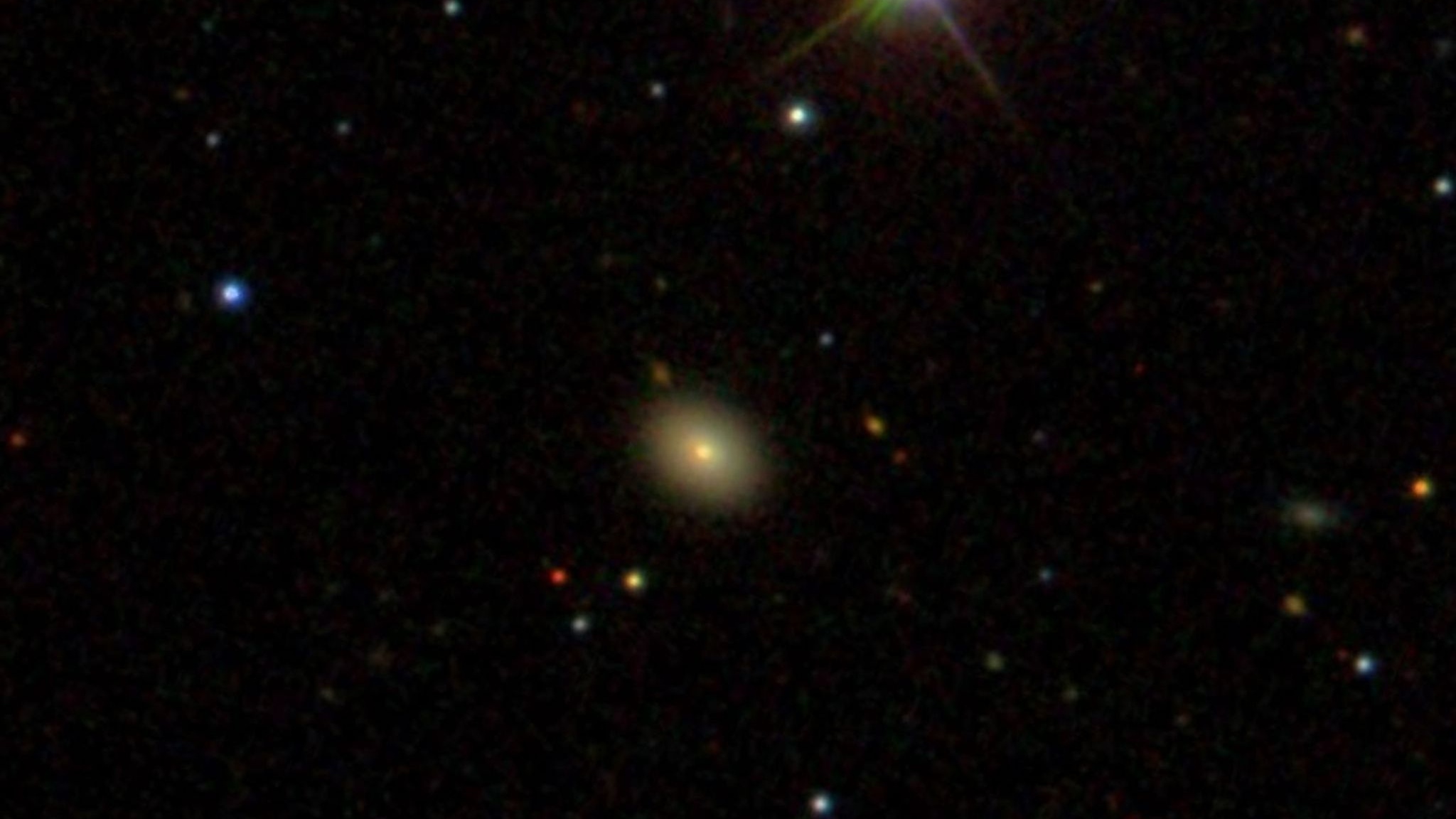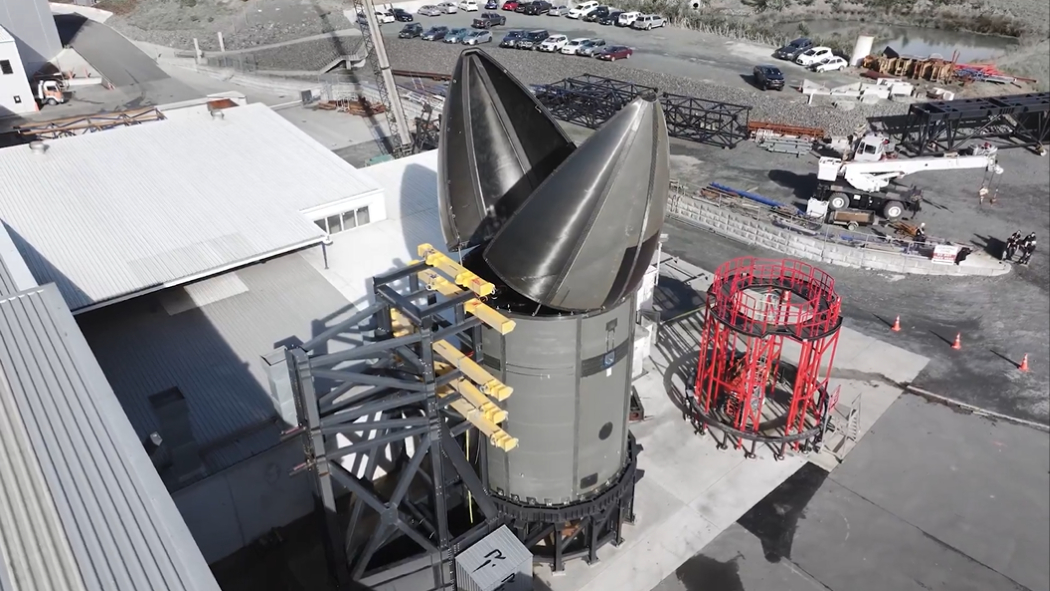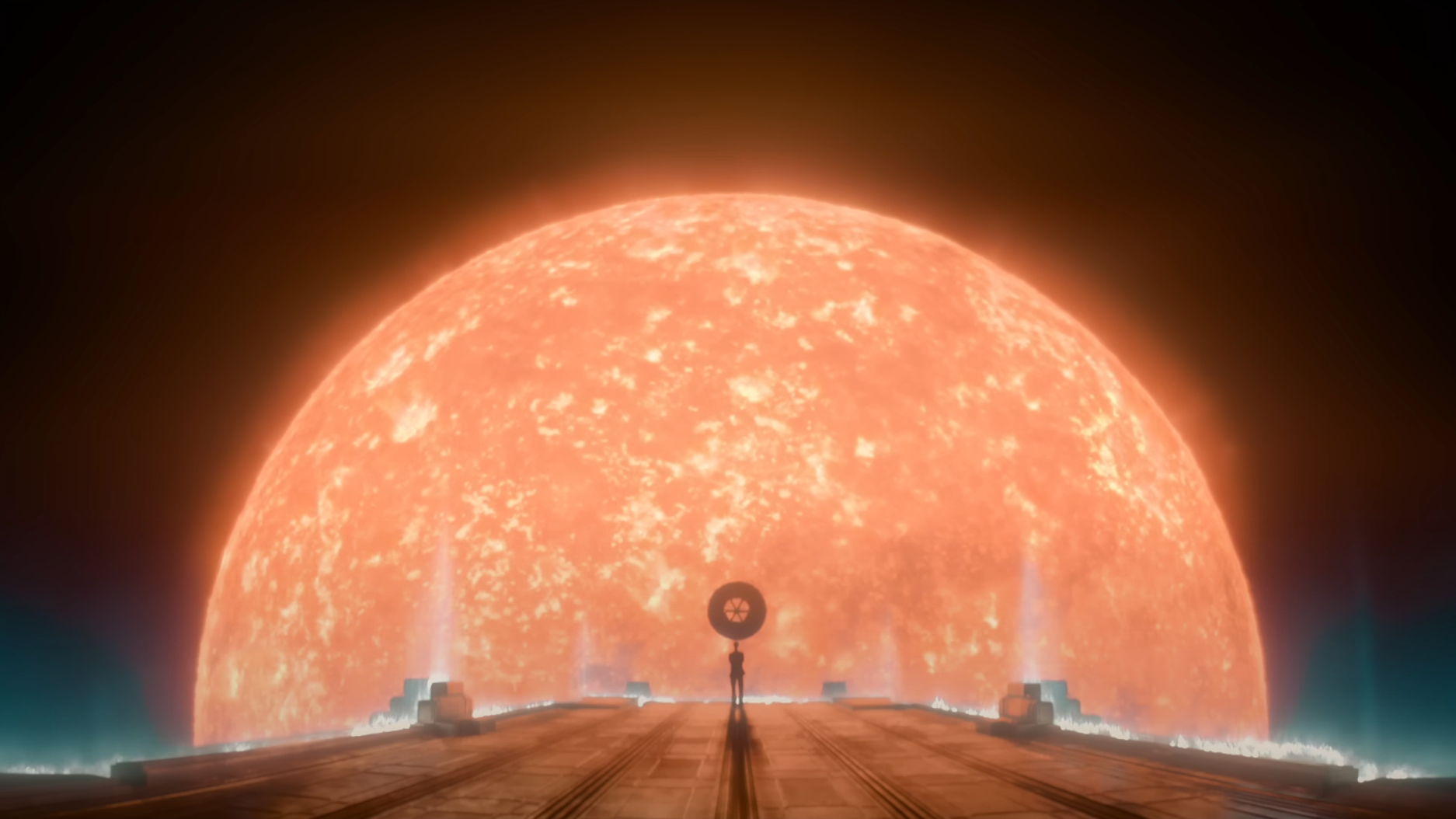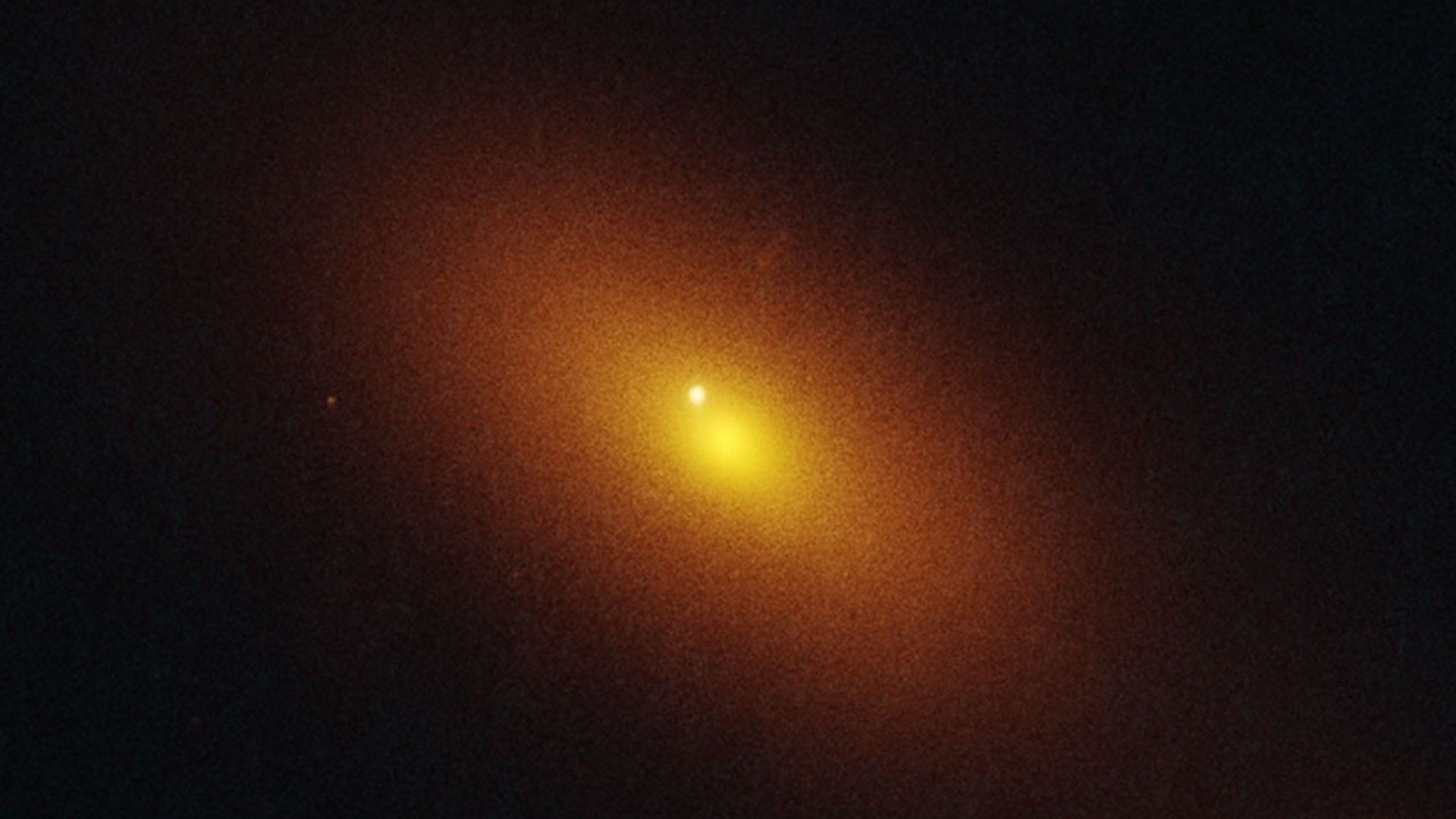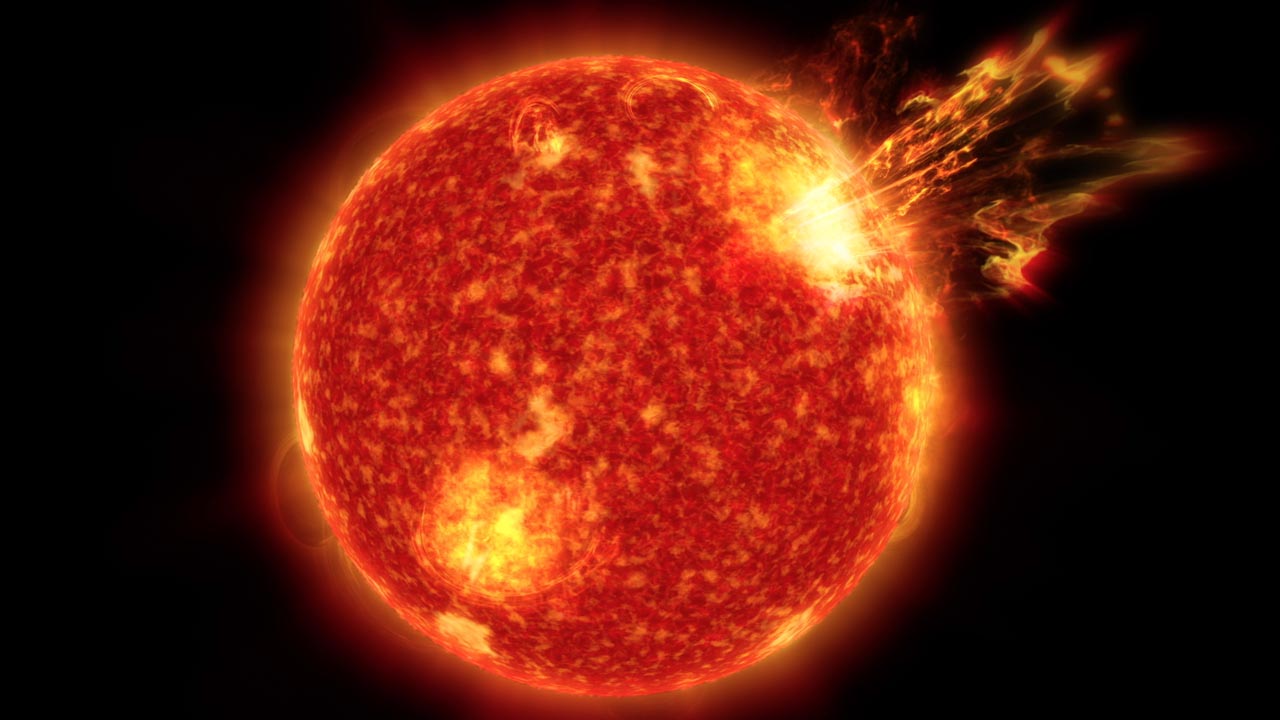The Galaxy Is Soaked with Water-Rich Alien Planets
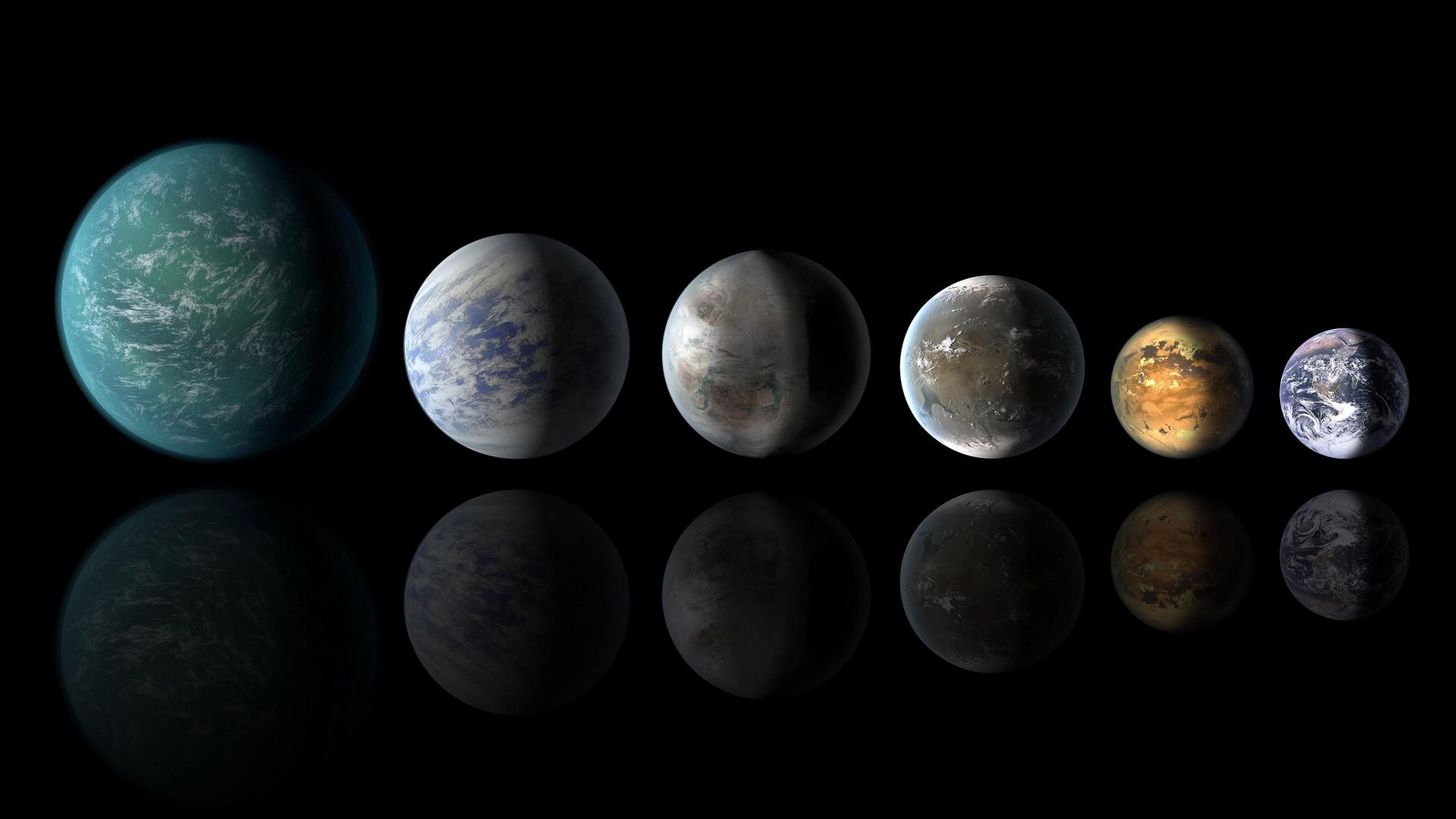
Zeng and his colleagues analyzed data gathered by NASA's Kepler space telescope, which has discovered about 70 percent of the 3,800 known exoplanets to date, and the European Space Agency's Gaia spacecraft. The study's researchers used this information to develop a model explaining the relationship between an exoplanet's mass and its radius.
"The beauty of the model is that it explains just how composition relates to the known facts about these planets," said Zeng, who presented the results in Boston Friday (Aug. 17) at the Goldschmidt Conference, a high-profile annual geochemistry meeting.
The team's model suggests that alien worlds about 1.5 times the size of Earth or smaller tend to be rocky, whereas those that are a bit bigger are generally water worlds. (The planets in the next size class up are primarily gaseous. For example, Neptune, the smallest gas giant in our solar system, is about four times wider than Earth.)
But these alien water worlds are not just flooded versions of a pumped-up Earth.

"This is water, but not as [it is] commonly found here on Earth," Zeng said. "Their surface temperature is expected to be in the 200 to 500 degree Celsius [390 to 930 degrees Fahrenheit] range. Their surface may be shrouded in a water-vapor-dominated atmosphere, with a liquid water layer underneath. Moving deeper, one would expect to find this water transforms into high-pressure ices before reaching the solid, rocky core."
NASA's Transiting Exoplanet Survey Satellite (TESS), which launched in April, will likely find lots of these water worlds, Zeng added. And the agency's $8.9 billion James Webb Space Telescope, which is scheduled to lift off in 2021, may be able to characterize the atmospheres of some of these worlds, he said.
"It's amazing to think that the enigmatic, intermediate-size exoplanets could be water worlds with vast amounts of water," TESS Deputy Science Director Sara Seager, a planetary scientist at the Massachusetts Institute of Technology, said in the same statement.
Get the Space.com Newsletter
Breaking space news, the latest updates on rocket launches, skywatching events and more!
"Hopefully, atmosphere observations in the future — of thick steam atmospheres — can support or refute the new findings," added Seager, who was not involved in the study.
Follow Mike Wall on Twitter @michaeldwall and Google+. Follow us @Spacedotcom, Facebook or Google+. Originally published on Space.com.
Join our Space Forums to keep talking space on the latest missions, night sky and more! And if you have a news tip, correction or comment, let us know at: community@space.com.

Michael Wall is a Senior Space Writer with Space.com and joined the team in 2010. He primarily covers exoplanets, spaceflight and military space, but has been known to dabble in the space art beat. His book about the search for alien life, "Out There," was published on Nov. 13, 2018. Before becoming a science writer, Michael worked as a herpetologist and wildlife biologist. He has a Ph.D. in evolutionary biology from the University of Sydney, Australia, a bachelor's degree from the University of Arizona, and a graduate certificate in science writing from the University of California, Santa Cruz. To find out what his latest project is, you can follow Michael on Twitter.


